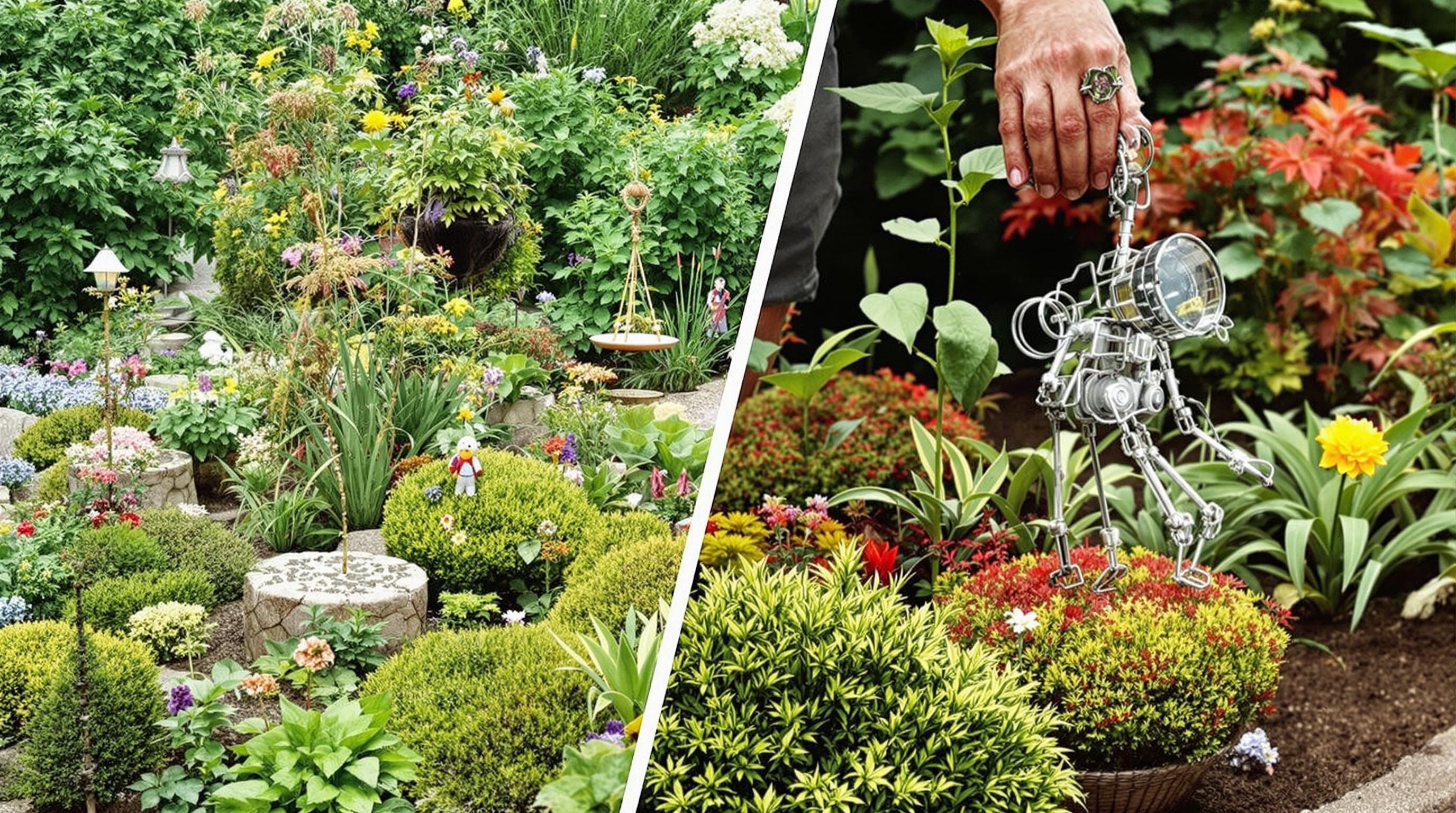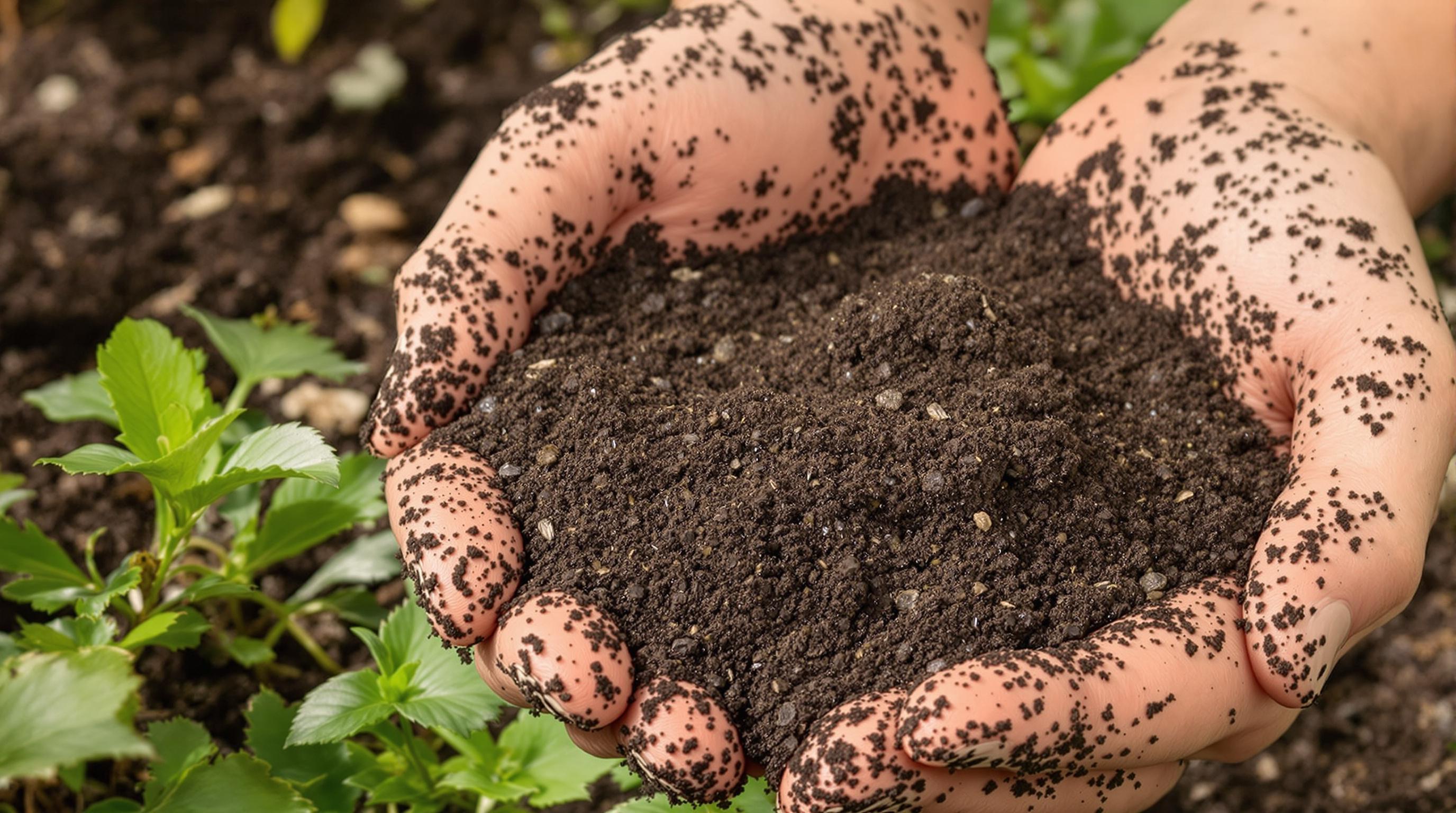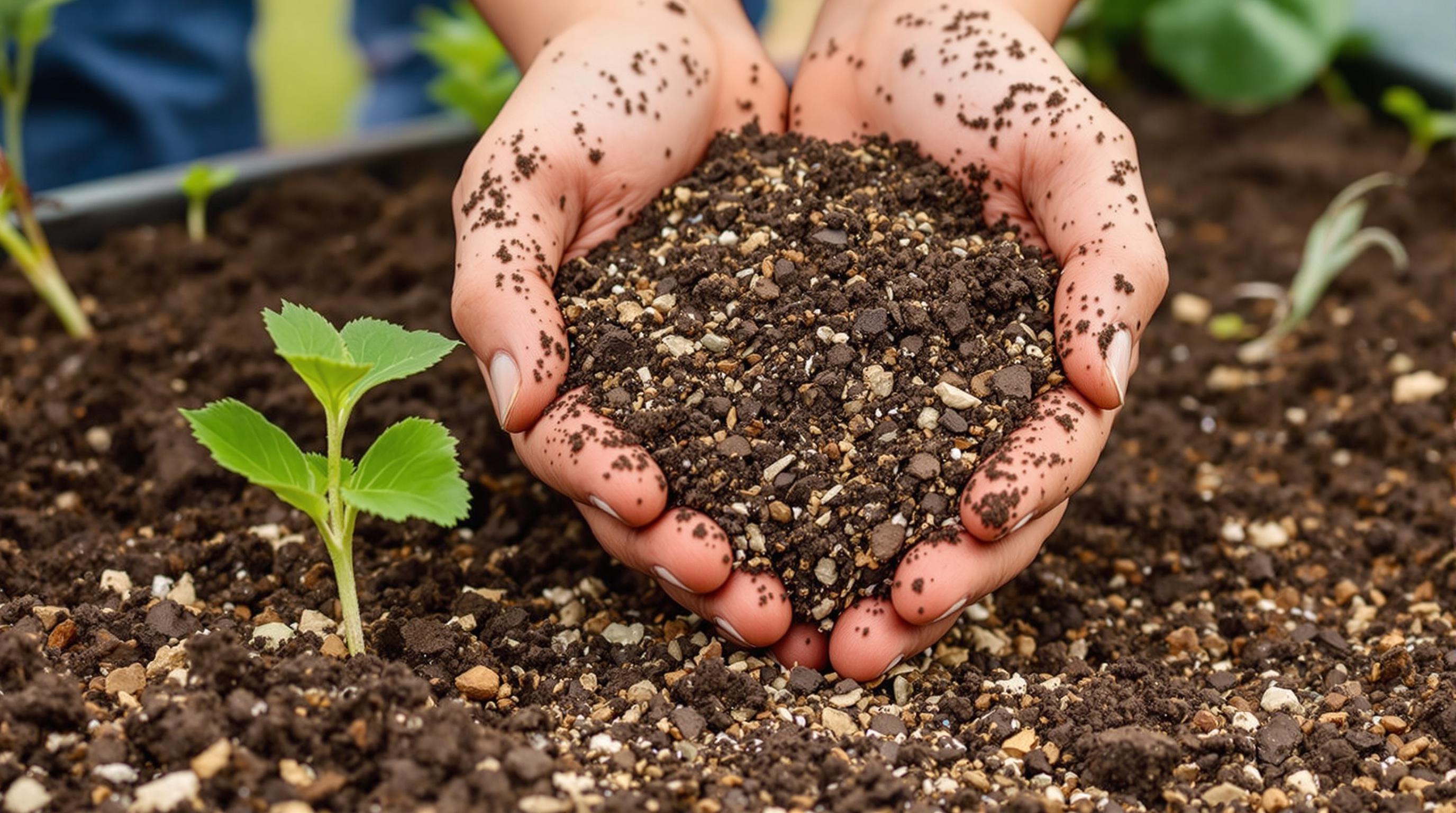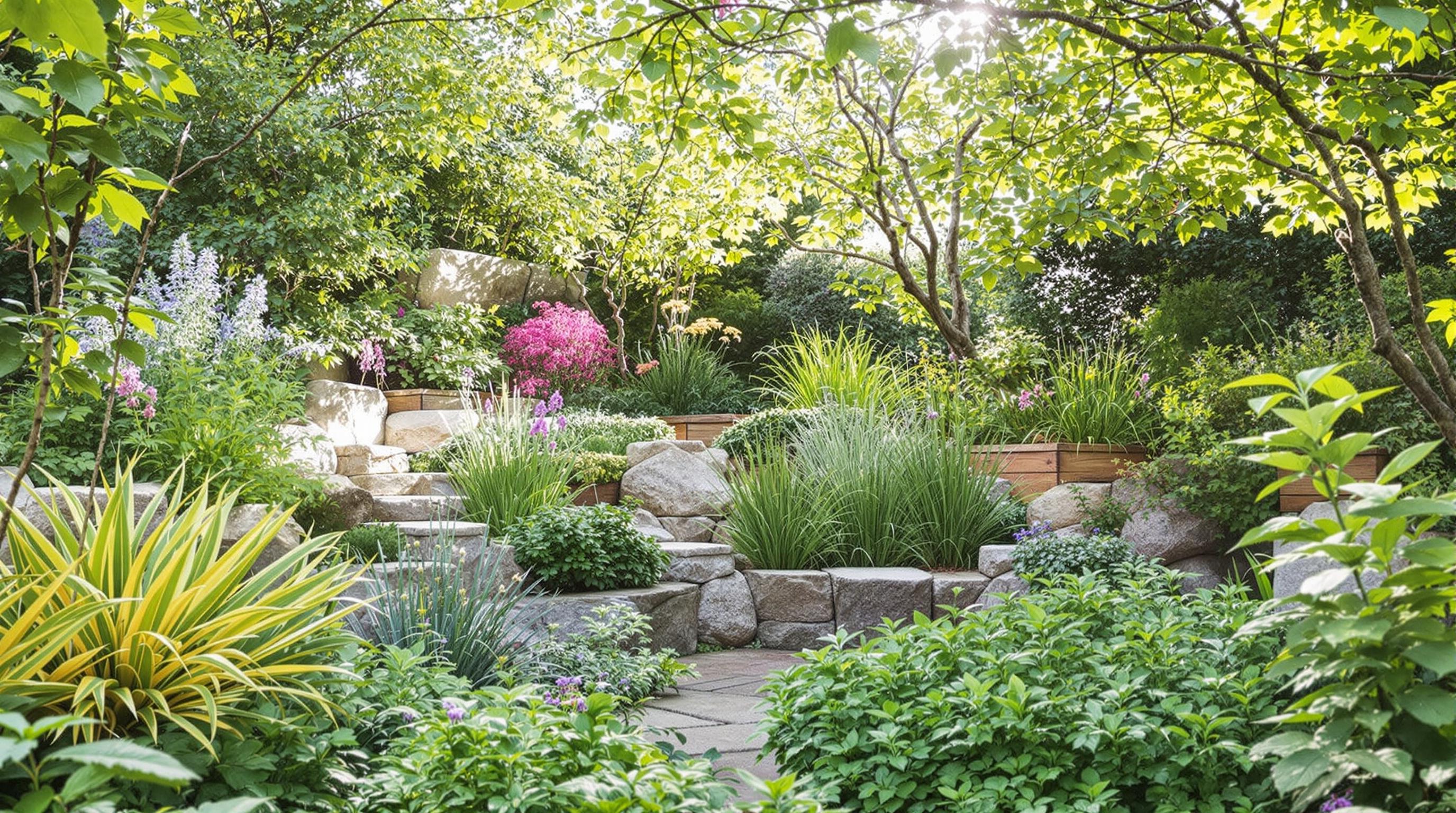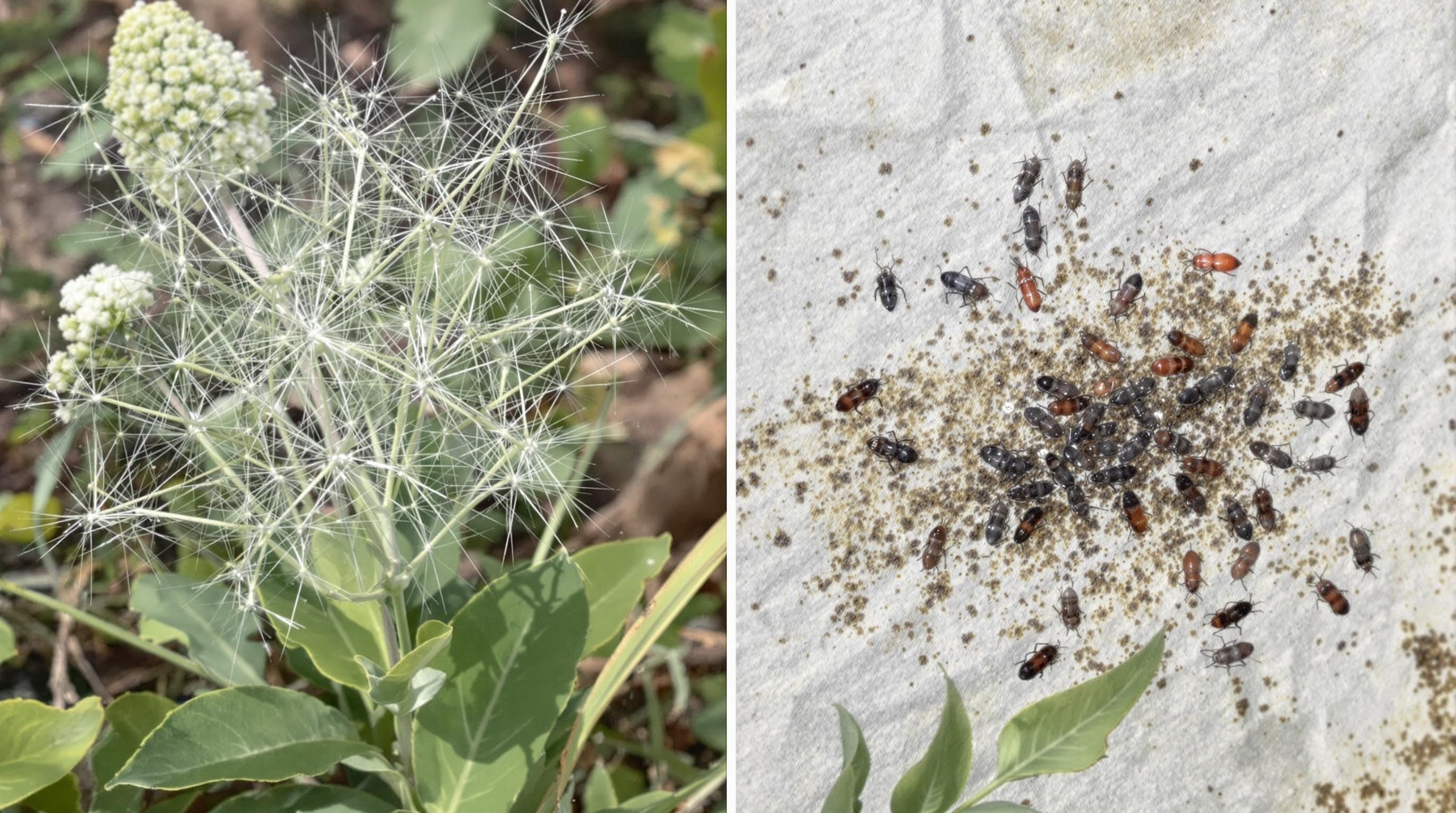Related Articles
- The Hidden Influence of Ergonomics: How Tool Design Shapes Our Physical Spaces and Daily Lives
- The Silent Influence: How Hidden Home Implements Shape Our Daily Routines and Spaces
- The Counterintuitive Role of Chaos: How Messy Tool Storage Can Lead to Unexpected Home Innovations
- Exploring the Unseen: How Audio Experiences Shape the Art of Domestic Spaces and Color Perception
- Rethinking the Mundane: How Everyday Objects are Becoming the Canvas for Modern Artistic Expression in Home Spaces
- Cultivating Chaos: The Surprising Benefits of Embracing Weeds in Your Garden Ecosystem
10 Quirky Gardening Techniques from Around the World to Transform Your Outdoor Space into a Hidden Oasis
10 Quirky Gardening Techniques from Around the World to Transform Your Outdoor Space into a Hidden Oasis
10 Quirky Gardening Techniques from Around the World to Transform Your Outdoor Space into a Hidden Oasis
1. Vertical Gardens of Paris
In the bustling streets of Paris, the concept of vertical gardens has become a charming trend that combines art with nature. Famed botanist Patrick Blanc pioneered this technique, creating living walls that flourish with various plant species. By utilizing walls as canvases, these gardens not only enhance aesthetics but also improve air quality and biodiversity.
To create your own vertical garden, you can use pallet structures or specially designed panels to support climbing plants. This method is perfect for small spaces or urban environments. Just imagine your outdoor area adorned with cascading greenery, providing a hidden retreat from the urban chaos.
Beyond beauty, vertical gardens can offer insulation benefits, reducing heating and cooling costs in your home. A delightful fusion of architecture and nature, they echo the essence of Parisian innovation and artistry, turning any outdoor area into an enchanting haven.
2. Japanese Zen Gardens
Japanese Zen gardens, or 'karesansui', epitomize tranquility and mindfulness. These dry landscapes use gravel, rocks, and minimal vegetation to create a meditative space that evokes the essence of nature. The raked patterns in gravel symbolize rippling water, encouraging reflection and peace.
Creating a Zen garden requires careful consideration of layout. Incorporate carefully placed stones and unique aggregates to visualize mountains or rivers. Choose slow-growing plants like moss or small shrubs to emphasize internal serenity. Each element encourages mindfulness, allowing you time to pause and appreciate the beauty of simplicity.
A Zen garden is not merely about aesthetics; it invites you to cultivate a deeper connection to nature and serenity. As you care for this space, you nurture your own spirit, transforming your outdoor oasis into a sanctuary for the soul.
3. Permaculture from Australia
Permaculture, a term originated in Australia, promotes sustainable living by designing agricultural ecosystems. This method mimics natural ecosystems, inviting biodiversity while maximizing yield. To embody this philosophy in your garden, focus on creating self-sustaining systems that require minimal intervention.
Strip away the idea of traditional gardens, and imagine a landscape where everything works in harmony; companion planting is essential in this approach. Use plants that attract beneficial insects alongside those that deter pests—creating a balance that keeps your garden vibrant and thriving.
The beauty of permaculture lies in its adaptability. Every garden can reflect the unique climate and ecology of your area, transforming your outdoor space into a resilient sanctuary that sustains both plants and gardeners alike.
4. Edible Landscaping in the USA
Edible landscaping emerges as a delightful technique where aesthetics blend seamlessly with functionality. In the United States, many gardeners are embracing the idea of growing food alongside ornamental plants. Imagine vibrant kale and flowering herbs twining with colorful flowers—delicious and beautiful.
This practice goes beyond just aesthetics; it offers practical advantages, too. By integrating edible plants, you can create a diverse ecosystem that attracts pollinators and beneficial insects, ultimately enhancing the health of your garden. It turns every walk through your space into a culinary adventure, inviting spontaneous harvesting of fresh ingredients.
Edible landscaping encourages a connection to food sources, empowering individuals to take responsibility for their nutrition and environment. As you cultivate your unique outdoor oasis, you revive the age-old tradition of 'grow your own', making every meal a testament to your garden's bounty.
5. Hugelkultur from Germany
Hugelkultur, a gardening technique brought to wider attention by German bio-agriculturist Sepp Holzer, transforms garden beds into high-efficiency forms of natural composting. This method involves layering logs, branches, and organic materials beneath soil to create raised beds that retain moisture, improve soil fertility, and engender remarkable biodiversity.
Creating a hugelkultur bed starts with arranging organic materials in a mound. Over time, these materials break down, nurturing the soil and offering a sheltering environment for beneficial organisms. It's a practical solution for gardens in arid climates, where traditional watering might fall short.
Beyond its functionality, hugelkultur's whimsical nature can inspire creativity in design. The raised beds can be molded to fit the contours of your garden, harmonizing with its natural landscape and offering a unique focal point that celebrates eco-friendly gardening.
6. Floating Gardens of Xochimilco, Mexico
The floating gardens of Xochimilco, famously rooted in Aztec tradition, manifest a vibrant balance between agriculture and ecology. These 'chinampas' are artificial islands that allow farmers to cultivate highly productive crops on water, creating a unique ecosystem rich with flora and fauna.
To embrace this technique, envision a water garden—using floating planters, you can create a stunning aquatic ecosystem filled with vibrant vegetables, medicinal plants, and ornamental species. This method revolutionizes the typical garden setup into a serene, reflective experience.
Floating gardens nurture not just plants, but also a myriad of wildlife, from dragonflies to frogs, promoting a balanced ecosystem. The tranquility of water adds a magical dimension to your garden, turning it into an enchanting oasis where nature and agriculture dance in harmony.
7. Straw Bale Gardening from the Midwest, USA
Straw bale gardening uniquely capitalizes on the benefits of decomposing straw to create a nutrient-rich environment for plant growth. Originating in the Midwest, this technique allows gardeners to cultivate plants directly on or within bales, eliminating the need for traditional soil preparation.
The process begins with conditioning straw bales with water and fertilizer, allowing them to decompose slightly. Once the bales are ready, you can easily plant seedlings or sow seeds directly into the bales. Their natural cushioning offers excellent drainage and warmth, making them a suitable option for various climates.
Beyond its practicality, straw bale gardens offer a quirky aesthetic to your outdoor space. The bales can easily be arranged in various shapes, inviting whimsy and creativity. They make for a vibrant landscape, beckoning passersby to explore this unconventional gardening journey.
8. Container Gardening in Thailand
In Thailand, limited space has inspired innovative container gardening techniques. This practical method utilizes various containers—anything from traditional clay pots to repurposed items—to create lush, productive spaces, ideal for bustling urban settings.
Container gardens thrive on soil health; they demand the same attention as in-ground gardens but are more forgiving in terms of space. Through careful selection of containers and plant choices, you can design themed gardens, from herb spirals to cascading flowers, drawing inspiration from the vibrant Thai culture.
The essence of container gardening lies in flexibility—you can transform any nook or cranny into a blooming retreat. Incorporate decorative elements to reflect your personal style; as the plants flourish, so too do the personal narratives surrounding them, turning your garden into an oasis of stories and flavors.
9. Bio-intensive Gardening from France
Bio-intensive gardening, a method championed in France, emphasizes maximizing yields in small spaces while minimizing resource use. By adhering to principles of companion planting and soil improvement, gardeners can cultivate flourishing ecosystems even in urban centers.
This technique encourages close plant spacing and diverse planting, ensuring that every square foot thrives. Practicing crop rotation and composting further enriches the soil, enhancing nutrient density and encouraging stronger plant growth. Over time, this results in an abundant harvest that feeds both body and spirit.
Incorporating bio-intensive gardening into your outdoor space nurtures a commitment to sustainable practices. As you engage with nature, you unearth the joy of growth, community, and interconnectedness that transcends the physical aspects of gardening, leading to a deeper appreciation of life itself.
10. Aquaponics from Southeast Asia
Aquaponics merges aquaculture and hydroponics into a sustainable food production system, resembling the intricate systems developed in Southeast Asia. Fish provide nutrients for plants, while plants clean water for fish, creating a symbiotic relationship that is both productive and ecologically friendly.
The system can be adapted for small backyards or larger gardens alike, offering the beauty of blooming plants coupled with the movement of aquatic life. This method showcases the circular nature of ecosystems, making it a visually engaging and meaningful way to cultivate food.
As you invite this technique into your outdoor space, not only do you create a unique garden, but you also foster a deeper understanding of interdependence in nature. The rhythmic flow of water and life celebrates the magic of agriculture, transporting you into a hidden oasis where nature thrives in harmony.
